When a migraine has your head pounding, could a soothing head massage provide some relief?
A head massage at a salon or spa often feels calming and restorative. For people who experience migraine, this kind of massage may also help reduce muscle tension and pain during an attack.
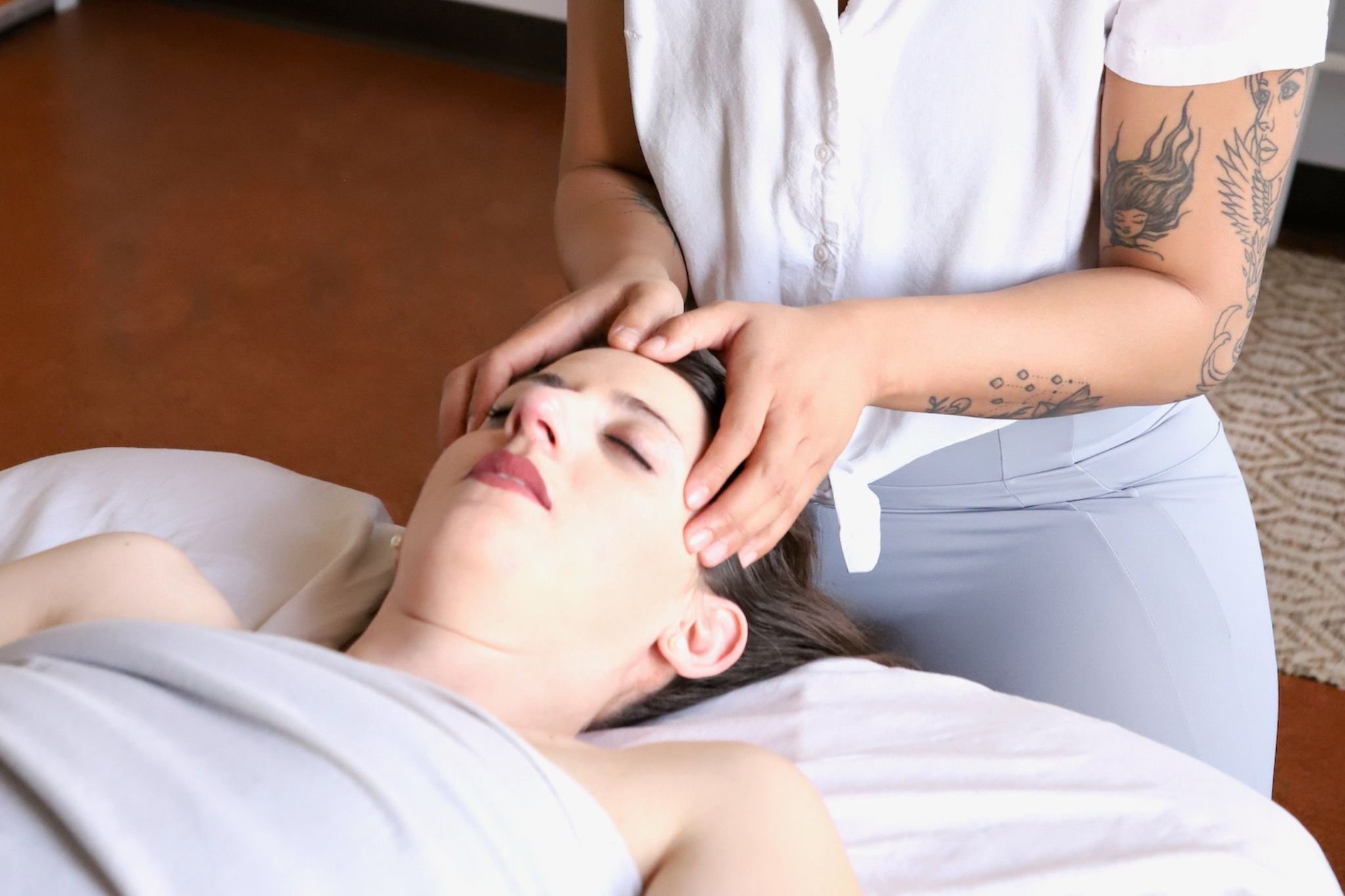
Migraine produces a severe, pulsating headache and affects more than 39 million people in the United States. These headaches can be intense and sometimes incapacitating, even if they occur infrequently.
Medications such as nonsteroidal anti-inflammatory drugs (NSAIDs), triptans, and calcitonin gene-related peptide (CGRP) receptor antagonists can stop or lessen migraine symptoms when they occur. Yet, complementary approaches like massage may offer an additional way to manage migraine pain.
The benefits of massage can differ between individuals.
Research on the effectiveness of head massage for migraine has often been limited by low-quality studies and mixed outcomes. Moreover, massage is frequently studied alongside other therapies, making it difficult for researchers to isolate the effect of massage itself.
Still, trying massage for migraine relief might be worthwhile. Below is what you should know before you try it.
Types of massage for migraine
Three massage techniques have been examined for migraine relief:
- Connective tissue massage: The therapist applies light pressure to the head and neck to ease pain.
- Trigger point massage: The therapist gently presses on specific tender spots that are contributing to head pain.
- Facial proprioceptive neuromuscular facilitation: The practitioner provides light resistance while guiding you through targeted facial movements.
A 2023 review of seven randomized controlled trials of nonpharmacologic migraine therapies reported that connective tissue massage reduced headache pain intensity.
In one study, 40 participants with chronic migraine were divided into two equal groups. Researchers compared connective tissue massage with facial proprioceptive neuromuscular facilitation, administering each treatment three times weekly. After six weeks, both groups reported comparable reductions in migraine pain.
Some therapists incorporate aromatherapy into massage sessions. In a small 2024 trial, people who received head massages with lavender and peppermint essential oils experienced improvements in migraine pain and quality of life versus controls.
A licensed massage therapist can perform a head massage for you. But if a migraine hits and you need immediate relief, you can also try massaging your head yourself at home.
Hydrate first
Dehydration can precipitate migraine attacks. Drinking water beforehand may help decrease the severity and duration of symptoms.
Make yourself comfortable
Choose a comfortable position: sit in a cozy chair, rest on pillows on the floor, or lie down on a couch or bed. Pick an environment where you feel relaxed.
Press the bridge of your nose
Place the pads of your thumbs beneath your eyebrow ridge, against the bridge of the nose. Apply gentle upward and inward pressure. Hold for 10 seconds while breathing deeply. Pause, then repeat up to five times for possible relief.
Massage your temples
Put the middle three fingers of each hand on your temples. Massage in a circular motion for about 10 seconds at a time, maintaining steady, gentle pressure.
Squeeze along your eyebrows
Using your index finger and thumb, softly squeeze the section of your eyebrows nearest the nose. Hold a few seconds, then gradually move outward along the brow, repeating the squeeze and hold as you go.
Work your jaw
Place your index finger inside your mouth and your thumb on the outside of your cheek. Press the fingers together to gently compress the jaw muscle.
This method can reduce tension in the jaw and is particularly useful if teeth grinding contributes to your migraine pain.
Stretch your neck
Support your head with one hand and gently bend your head forward. Maintain the stretch for 10 seconds. This helps release neck tension.
Rehydrate afterward
Massage moves fluid and metabolic waste out of muscle tissue into the bloodstream, which then passes to the kidneys for elimination.
Drinking water after a massage helps flush waste products from the body and restore fluids. It also supports recovery following the massage.
The takeaway
Medications remain the primary treatment for migraine, but a head massage can be a useful adjunct when symptoms arise. You can visit a professional massage therapist or perform a self-massage at home.
For a DIY approach, applying gentle pressure to certain points may help reduce tension and pain. Drinking water before and after a massage can also help ease symptoms and assist recovery.
If massage doesn’t adequately control your migraine pain, consult your primary care physician or a headache specialist about additional treatment options.


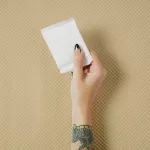




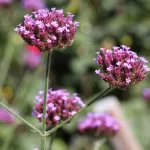


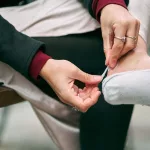



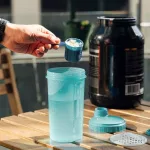

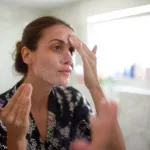

Leave a Reply
You must be logged in to post a comment.